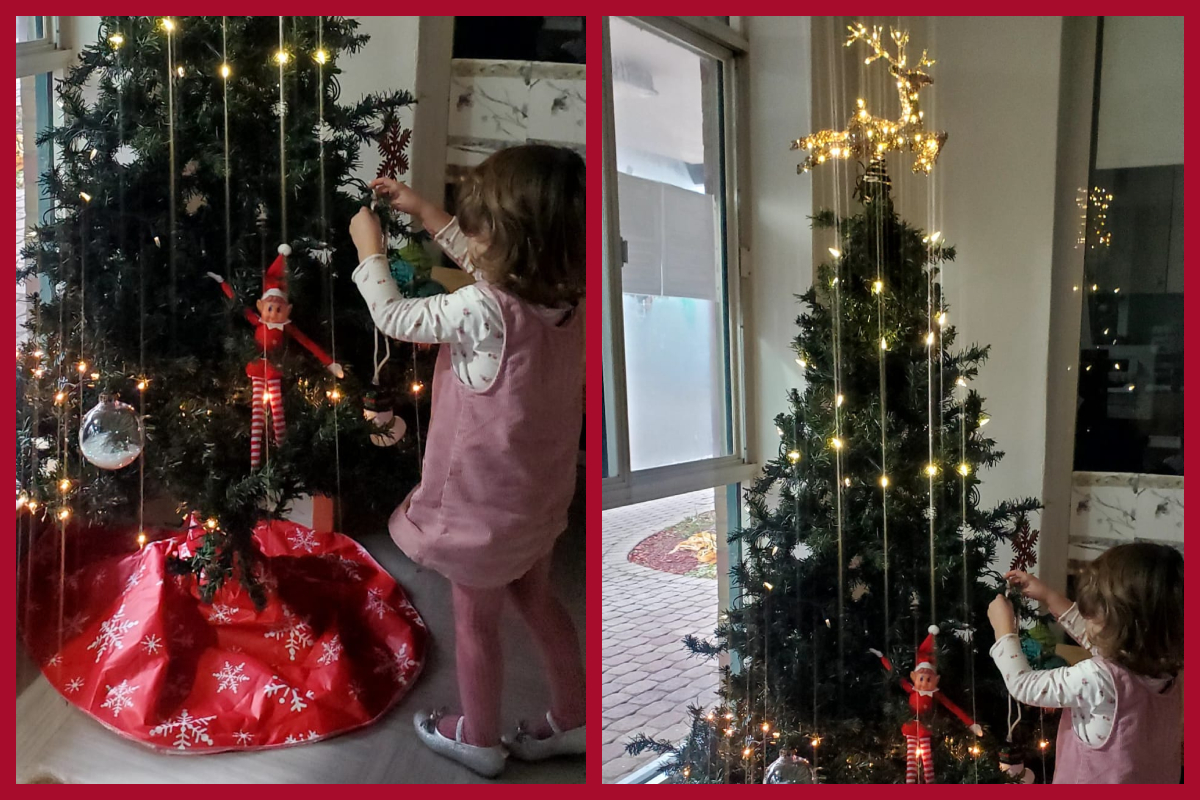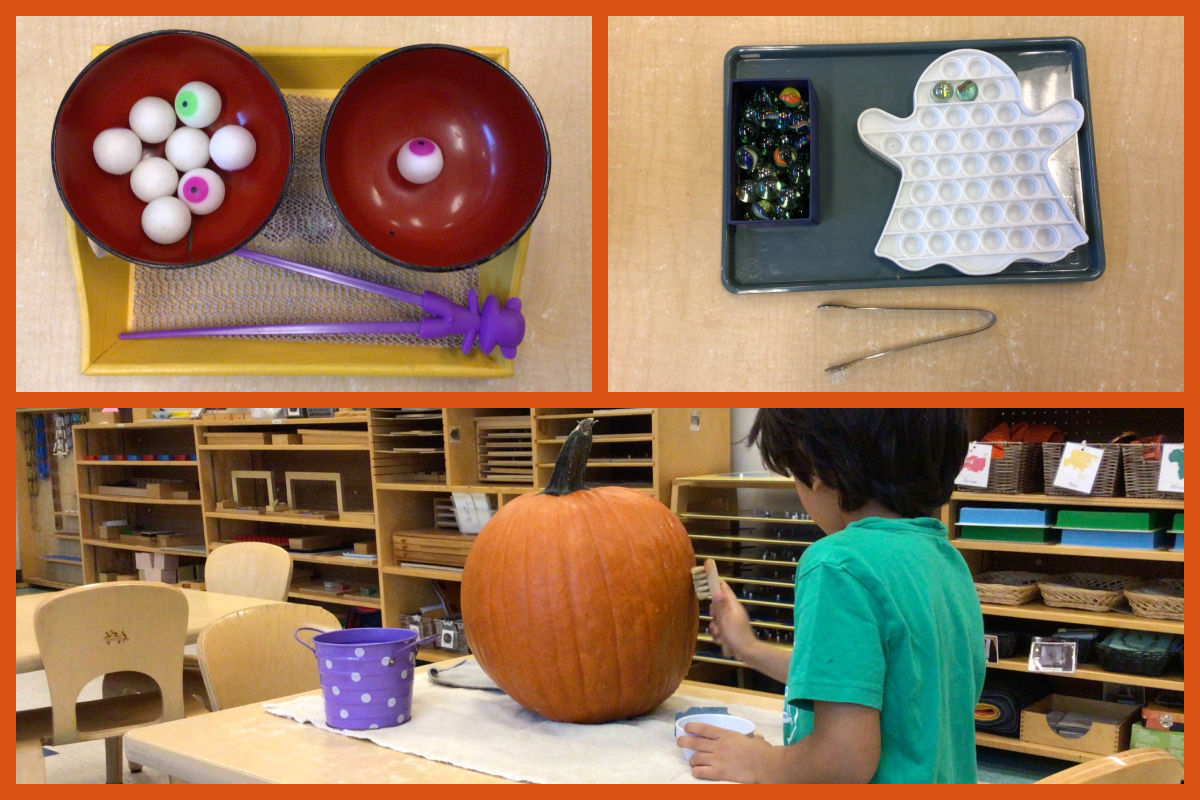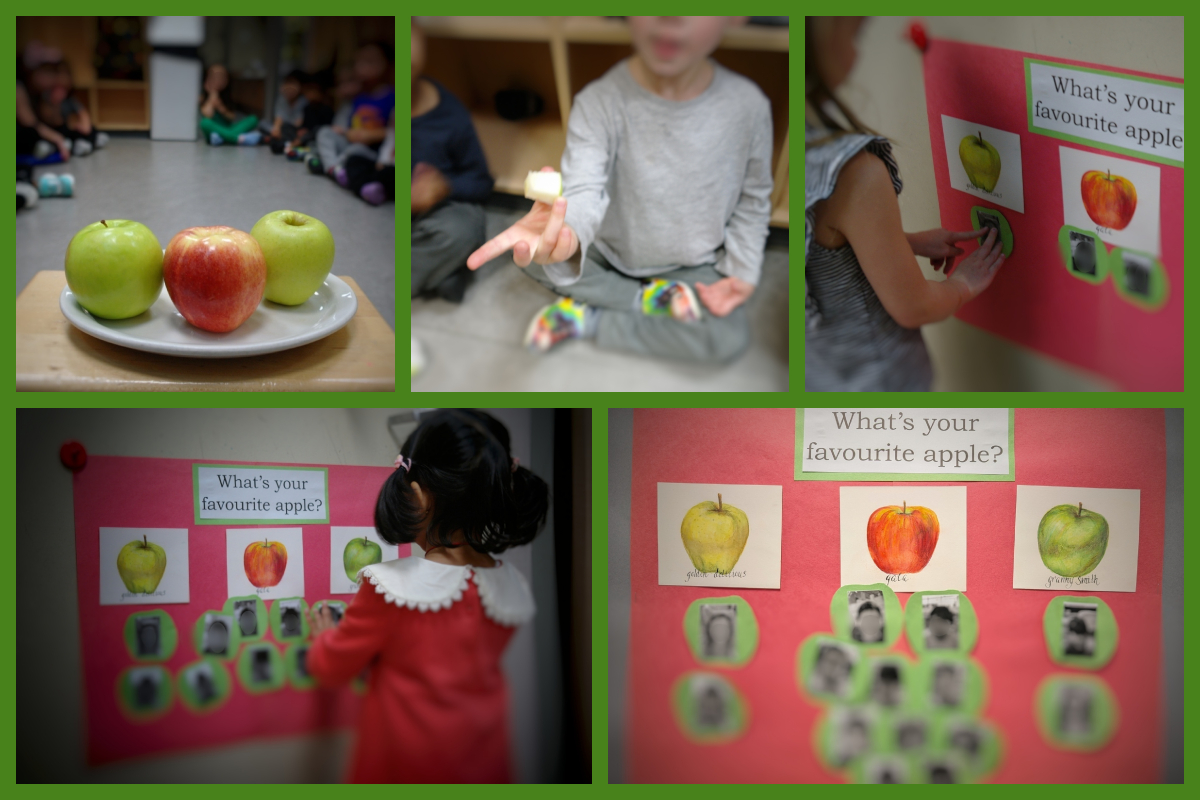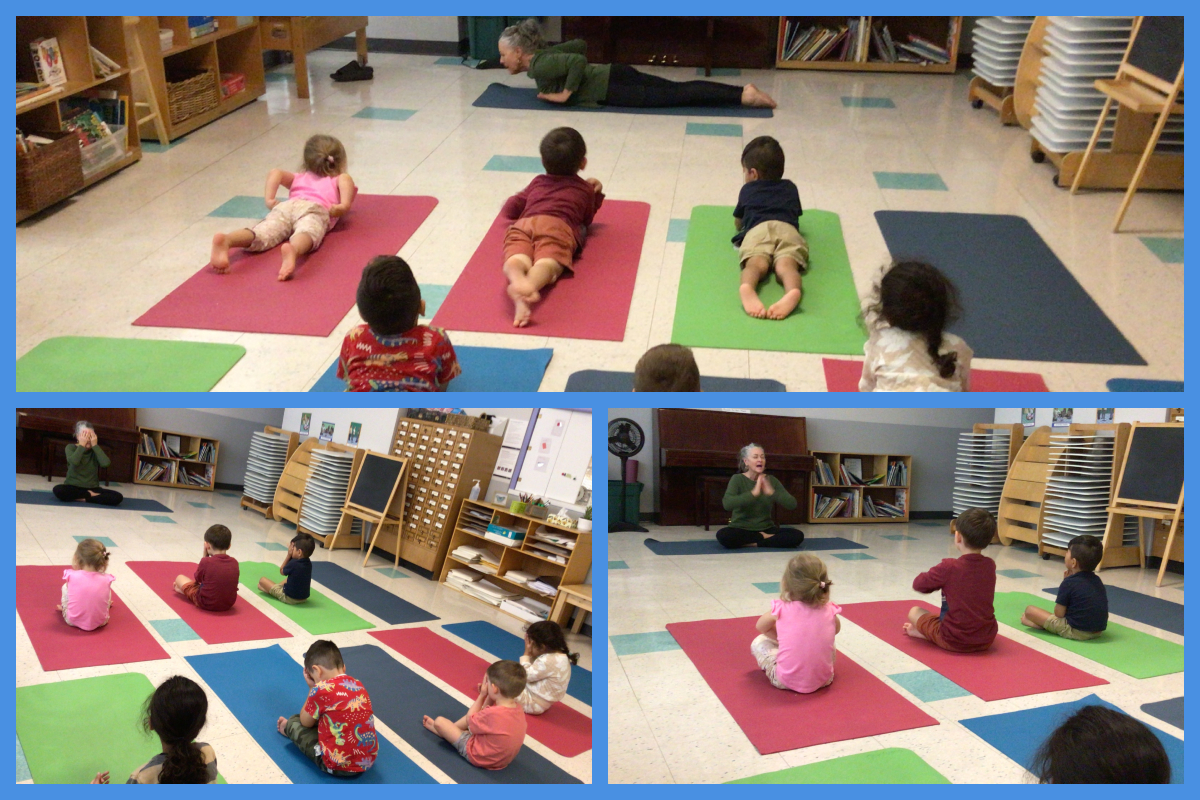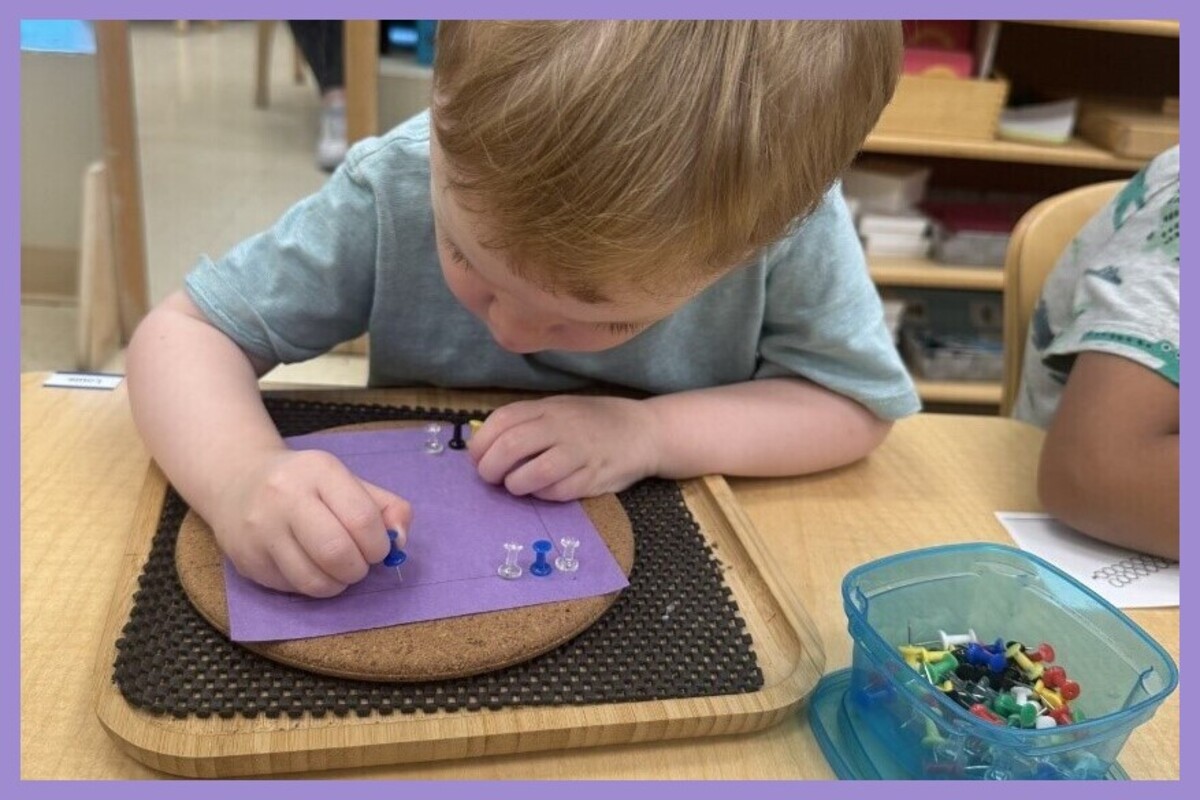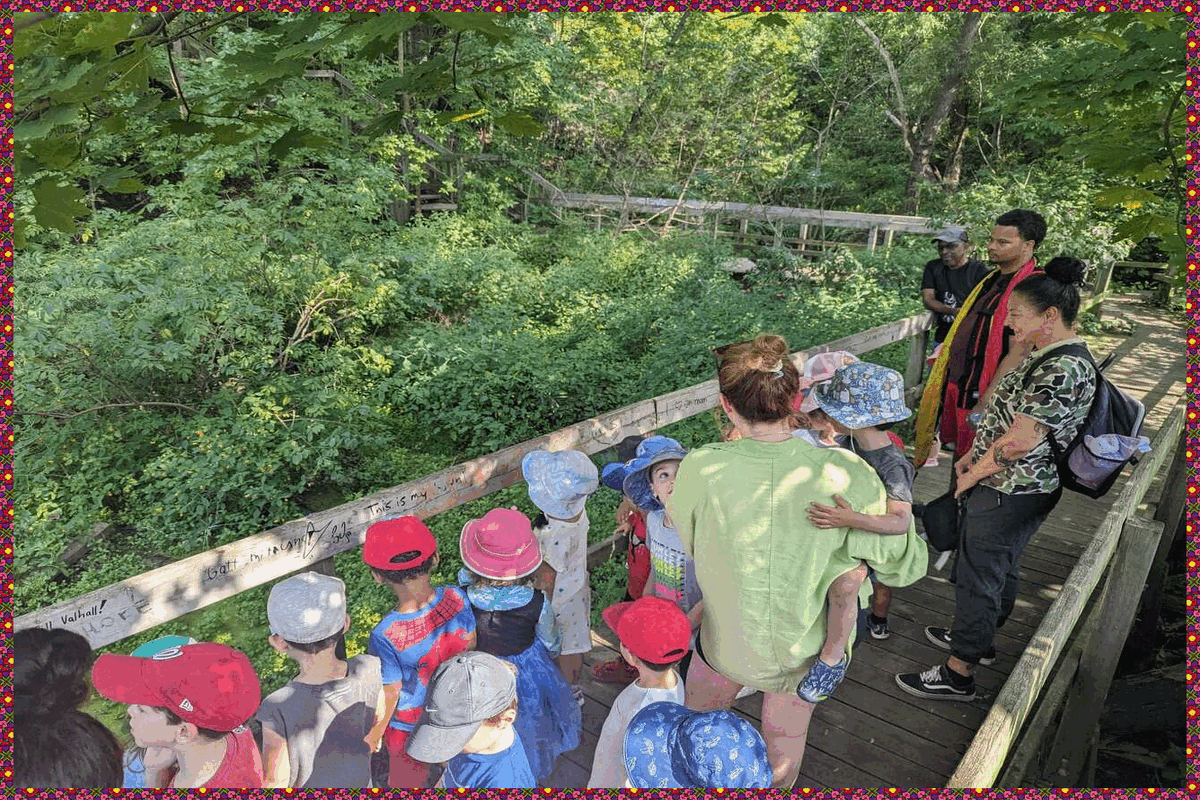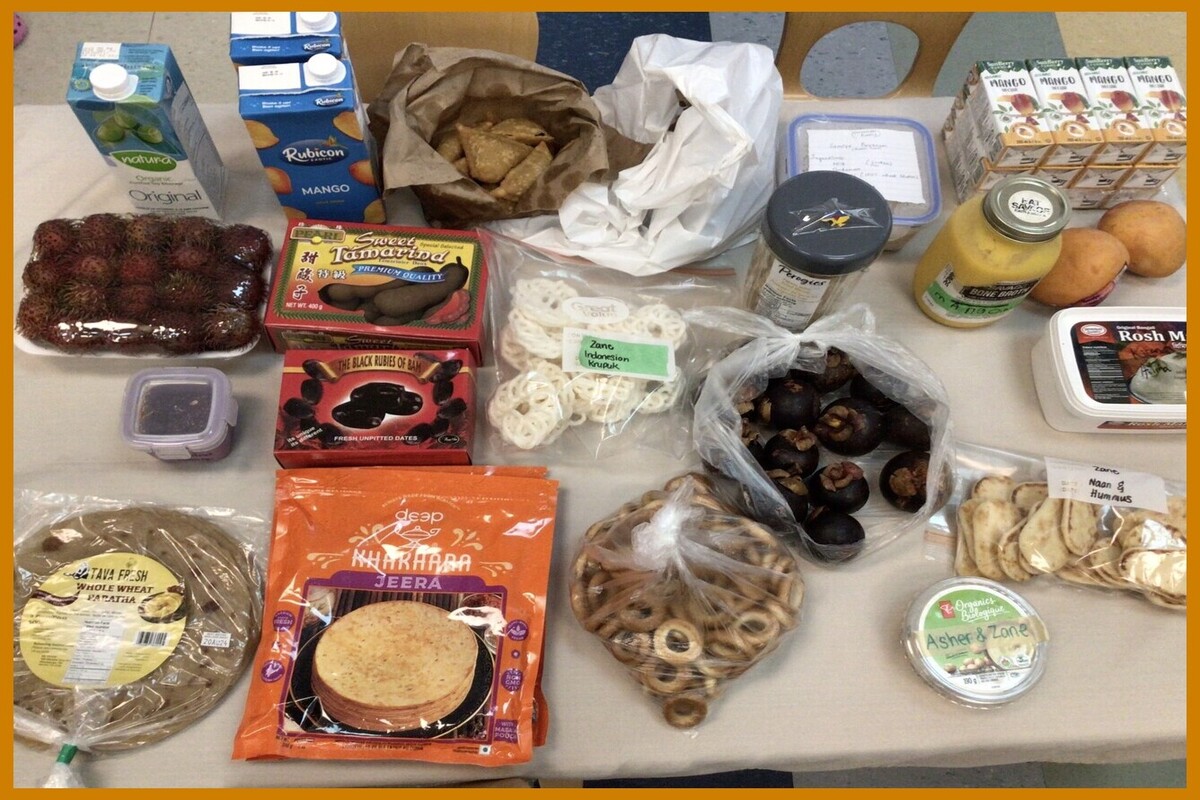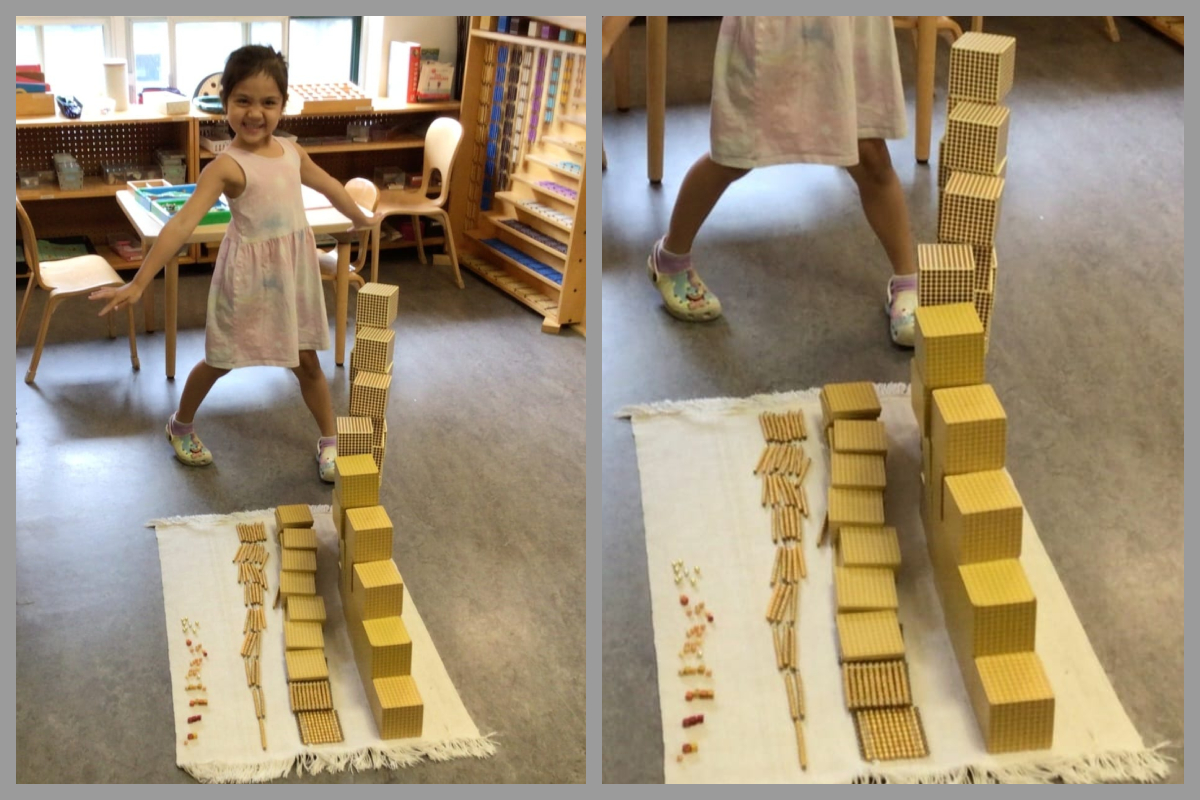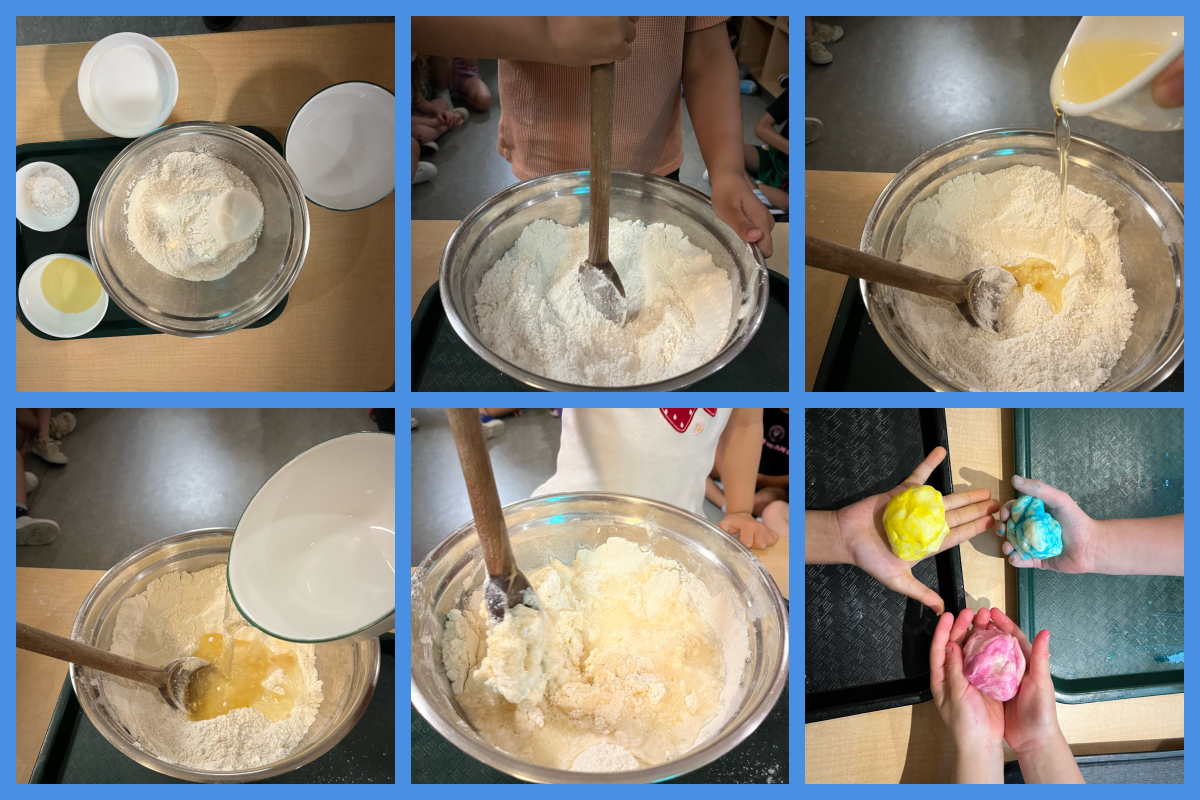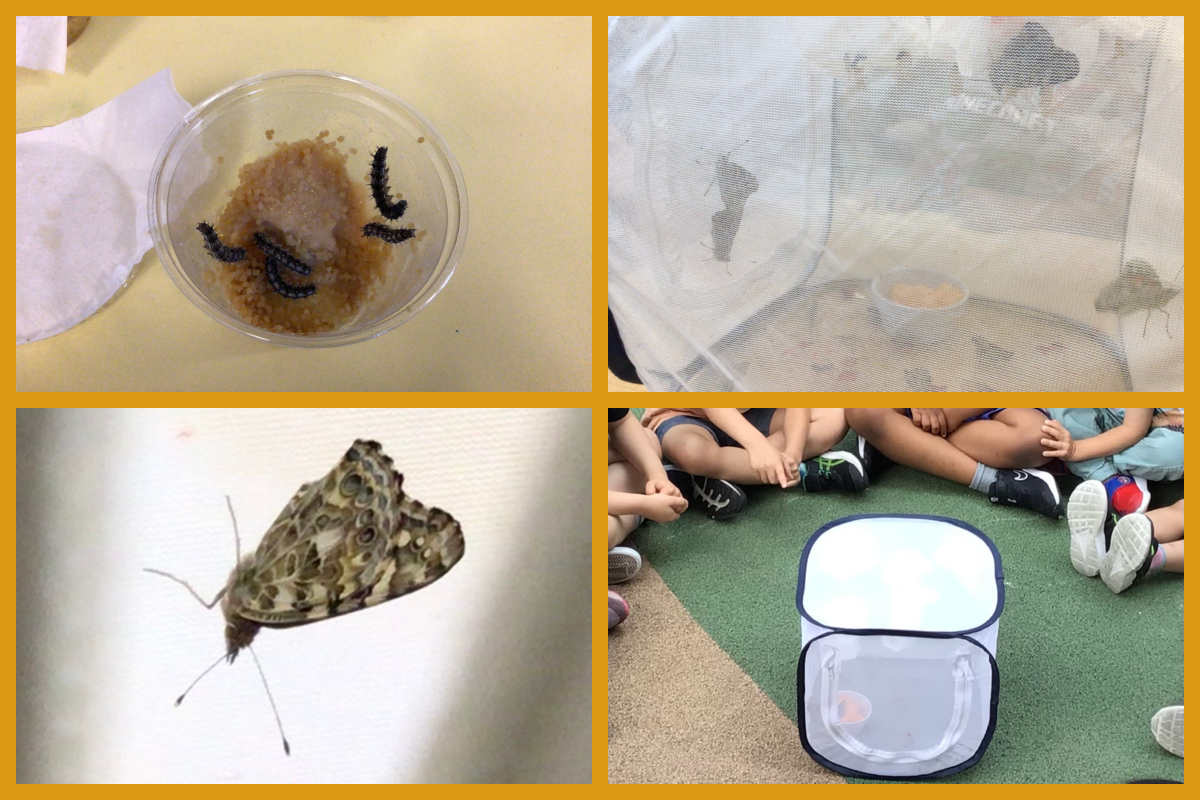Our Giving Tree
Tis the season to give back to our community. As donations are brought in, they are placed under our “Giving Tree” to support Interval House and The Daily Food Bank. This support presents a teaching opportunity to help children understand compassion and empathy, something our world needs more than ever. (Click for the more information and the full photo.)
View
